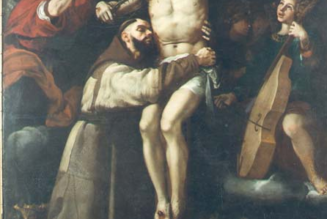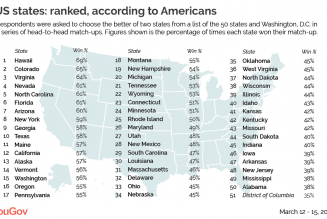ROME – Legendarily, the Vatican thinks in centuries. Jokingly, it’s sometimes been said that the Vatican’s working approach can be summarized as, “Talk to me on Wednesday, and I’ll get back to you in 300 years.”
In that spirit, there’s a sense in which Pope Francis’s visit to Mongolia this week, the first ever by a pontiff, is a voyage that’s been almost 800 years in the making.
It was precisely 778 years ago, in 1245, that an emissary of a pope first made his way to the court of a Mongol emperor, at that time seeking two results: First, the conversion of the Mongols to Catholic Christianity, and second, a promise that the Mongols would no longer menace the Christian kingdoms of Europe.
At the time, Father John of Plano Carpini, a Franciscan missionary who represented Pope Innocent IV, appeared to utterly fail on both counts. The new Kahn, Güyük, sent him packing with a letter rather peremptorily indicating that it was the pope who ought to be submitting to the Mongols, not the other way around.
Yet if time heals all wounds, it also often reframes perspectives on success and failure. Watching Pope Francis in Mongolia right now, it seems apparent that the long-ago and largely forgotten mission by Carpini today stands as a testament to the power of outreach, no matter how long it may take to bear fruits.
Saturday morning, Mongolian President Ukhnaagiin Khürelsükh paid tribute to Carpini in his remarks to the pope, saying the Franciscan envoy’s memoirs of his 1245-1247 travels, titled History of the Mongols, remains a “precious resource” for understanding the country and the wider Eurasian region of the Middle Ages.
More than that, however, Carpini’s mission today looms as a reminder to Mongols and Catholics alike that they are both heirs to great historical enterprises, which have been in relationship for centuries.








